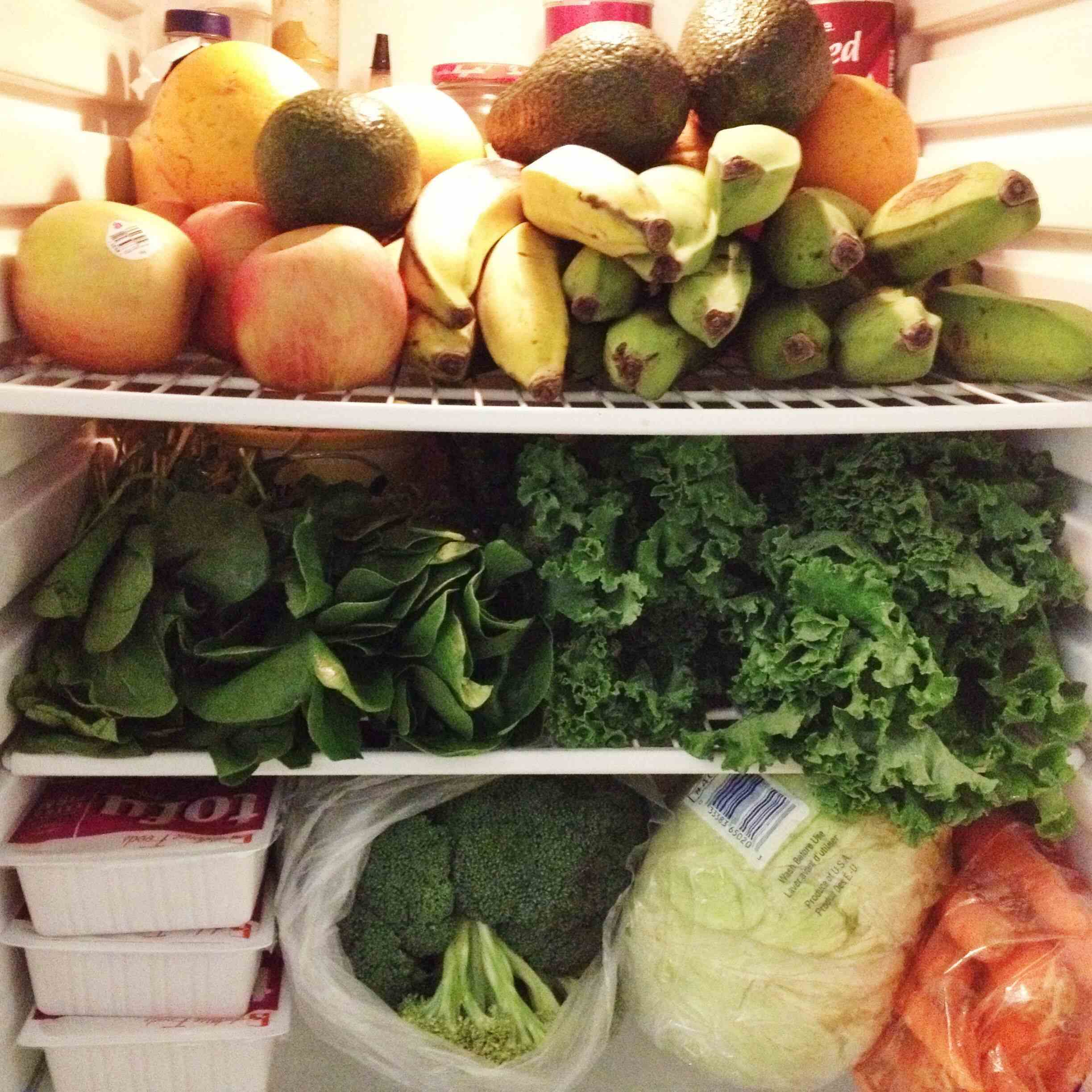

Articles
How To Store Produce In The Fridge
Modified: February 24, 2024
Learn the best techniques and tips for storing produce in the fridge to keep them fresh for longer. Read our informative articles now!
(Many of the links in this article redirect to a specific reviewed product. Your purchase of these products through affiliate links helps to generate commission for Storables.com, at no extra cost. Learn more)
Introduction
Welcome to the ultimate guide on how to store produce in the fridge! We all know that fruits and vegetables are essential for a healthy diet, but did you know that proper storage is equally important to maintain their freshness and extend their shelf life? Whether you’re a seasoned home cook or a novice in the kitchen, understanding the best practices for storing produce can help you minimize waste and enjoy your fruits and veggies at their peak flavor and nutritional value.
Proper storage techniques involve not only keeping your produce in the refrigerator but also knowing which fruits and vegetables should be stored separately to prevent premature spoilage and off-flavors. Additionally, factors such as temperature, humidity, and ethylene gas production play significant roles in determining how long your produce will last.
In this guide, we will explore general guidelines for storing various types of produce, including leafy greens, root vegetables, cruciferous vegetables, fruits, berries, herbs, citrus fruits, tomatoes, melons, and avocados. By following these recommendations, you can reduce waste, save money, and enjoy the freshest produce for longer periods.
So, let’s dive in and learn how to maximize the lifespan of your fruits and vegetables while keeping them crisp, vibrant, and delicious!
Key Takeaways:
- Maximize freshness and reduce waste by storing produce properly. Follow specific guidelines for each type of produce to extend shelf life and enjoy vibrant, nutritious meals.
- Handle produce with care, store at appropriate temperatures, and separate ethylene-producing items to prevent premature spoilage. Enjoy fresh, flavorful fruits and vegetables for longer periods.
Read more: How To Store Apples In Fridge
Why Proper Storage is Important
Proper storage of produce is essential for several reasons. Firstly, it helps to preserve the nutritional value of fruits and vegetables. These natural powerhouses of vitamins, minerals, and antioxidants can deteriorate rapidly when exposed to improper storage conditions, leading to a loss of essential nutrients. By storing produce correctly, you can ensure that you’re getting the maximum nutritional benefits from your fruits and vegetables.
Secondly, proper storage can help extend the shelf life of your produce. No one likes to waste food, but unfortunately, without the right storage techniques, fruits and vegetables may spoil quickly, resulting in unnecessary food waste. By taking the time to store produce properly, you can reduce waste and save money.
Additionally, storing produce correctly can help maintain its flavor and texture. Fruits and vegetables that are not stored properly can become mushy, wilted, or develop off-flavors. By following the recommended storage guidelines, you can enjoy the vibrant colors, crispness, and natural taste of your produce for longer periods.
Another reason to prioritize proper storage is to prevent cross-contamination. Some fruits and vegetables release a gas called ethylene as they ripen. This gas can accelerate the ripening process of other nearby produce, leading to premature spoilage. By storing ethylene-producing and ethylene-sensitive items separately, you can prevent cross-contamination and extend the life of your produce.
Lastly, storing produce properly promotes food safety. Harmful bacteria can grow on fruits and vegetables, especially when they are stored at improper temperatures. By keeping your produce refrigerated, you can create an inhospitable environment for bacteria and reduce the risk of foodborne illnesses.
Overall, proper storage is crucial for maximizing the nutritional value, extending the shelf life, preserving flavor and texture, preventing cross-contamination, and ensuring food safety. Now that we understand why it’s important, let’s explore the general guidelines for storing different types of produce in the fridge.
General Guidelines for Storing Produce
When it comes to storing produce, there are a few general guidelines to keep in mind. These tips will help you maintain the freshness and quality of your fruits and vegetables:
- Wash before storing: It’s best to wash your produce just before eating or using it. Moisture on the surface of fruits and vegetables can promote the growth of bacteria and mold, leading to spoilage.
- Remove any damaged or spoiled pieces: Before storing, inspect your produce for any signs of damage or decay. Remove any damaged or spoiled pieces to prevent them from affecting the rest of the produce.
- Use breathable containers: Opt for breathable containers or bags to store your produce. These allow air circulation, preventing excess moisture buildup that can lead to rotting. Mesh bags or paper towels are great options for storing produce.
- Keep your fridge clean: Regularly clean your refrigerator to prevent the buildup of bacteria and mold. This helps maintain a clean and hygienic environment for your produce.
- Avoid overcrowding: Do not overcrowd your fridge or produce drawers. Overcrowding can hinder proper air circulation and lead to faster spoilage. Give your fruits and vegetables some space to breathe.
- Know your ethylene producers and ethylene-sensitive items: Certain fruits and vegetables produce higher levels of ethylene, a gas that can speed up ripening. Keep ethylene-producers, such as apples, bananas, and avocados, separate from ethylene-sensitive items, such as lettuce, broccoli, and berries, to prevent premature spoilage of the latter.
- Store at appropriate temperatures: Most fruits and vegetables thrive in cool temperatures, usually between 32°F (0°C) and 40°F (4°C). Some exceptions, like tomatoes and melons, prefer slightly warmer temperatures. Check the ideal storage temperatures for specific produce items to maximize their freshness.
- Store away from strong odors: Keep strong-smelling foods, such as onions or garlic, away from other produce. They can impart their aromas onto other items, affecting their taste and quality.
- Know when to refrigerate and when not to: Not all produce should be stored in the refrigerator. Some items, like potatoes, onions, and garlic, prefer cool, dark spaces outside of the fridge. Learn which fruits and vegetables are best stored at room temperature for optimal freshness.
By following these general guidelines, you can ensure that your produce stays fresh, flavorful, and safe to eat. In the following sections, we will delve into specific storage recommendations for different types of produce to help you prolong their lifespan in the refrigerator.
Leafy Greens
Leafy greens, such as spinach, kale, lettuce, and Swiss chard, are packed with essential vitamins and minerals. Here are some tips on how to store them:
- Remove any damaged leaves: Inspect your leafy greens and remove any damaged or wilted leaves before storing. This helps prevent the spread of spoilage to the rest of the bunch.
- Wash and dry thoroughly: Give your leafy greens a gentle wash under cool running water. Shake off any excess moisture and allow them to dry thoroughly before storing. Excess moisture can lead to premature wilting and spoilage.
- Wrap in paper towels: Take a few layers of paper towels and wrap them around the bundle of leafy greens. This helps absorb any excess moisture and keeps them fresh for longer.
- Store in a plastic bag or container: Place the wrapped bundle of leafy greens in a perforated plastic bag or container. Perforations will allow for air circulation, preventing moisture buildup. Alternatively, you can use a breathable produce bag.
- Place in the refrigerator crisper drawer: Store your leafy greens in the refrigerator’s crisper drawer, which provides a more controlled environment with higher humidity. Keep them away from ethylene-producing fruits like apples and bananas.
- Use within a few days: Leafy greens are best consumed within a few days of purchase or harvest. As time passes, they will start to wilt and lose their freshness and nutrients.
By following these guidelines, you can keep your leafy greens crisp and vibrant, ensuring that they’re ready for delicious salads, smoothies, or sautés.
Root Vegetables
Root vegetables like carrots, potatoes, beets, and onions are known for their earthy flavors and versatile culinary uses. To maximize their shelf life and maintain their quality, follow these tips for storing root vegetables:
- Remove tops (if applicable): If your root vegetables still have their leafy tops attached, it’s best to remove them before storage. The tops draw moisture from the roots, causing them to wilt quickly.
- Keep them dry: Ensure that your root vegetables are completely dry before storing them. Excess moisture can lead to rotting. If necessary, gently wipe off any dirt or moisture on the surface of the vegetables with a clean cloth or paper towel before storage.
- Store in a cool, dark place: Most root vegetables prefer to be stored in a cool, dark, and well-ventilated area. A pantry, cellar, or basement can be suitable storage locations. Avoid storing them near heat sources or direct sunlight, which can cause premature sprouting or spoilage.
- Avoid storing together with ethylene-producing fruits: Some root vegetables, like potatoes and onions, are sensitive to the ethylene gas produced by certain fruits. Keep them separated from ethylene producers like apples or bananas to prevent premature spoilage.
- Store in a breathable container: Use a mesh or perforated bag, a wicker basket, or a wooden crate to store your root vegetables. These containers allow for proper air circulation, preventing moisture buildup and extending their shelf life.
- Check regularly for any signs of spoilage: Periodically inspect your stored root vegetables for any signs of decay, mold, or sprouting. Remove any spoiled vegetables to prevent the spread of spoilage.
- Store onions and potatoes separately: Onions and potatoes release gases that can cause each other to spoil faster. Therefore, it’s best to store them in separate containers or compartments.
- Be aware of individual storage requirements: While most root vegetables have similar storage needs, some may require specific conditions. For example, carrots prefer slightly higher humidity, while sweet potatoes prefer slightly warmer temperatures. Familiarize yourself with the specific storage requirements of different root vegetables for optimal freshness.
By following these guidelines, you can keep your root vegetables fresh and flavorful for an extended period, ensuring that they’re ready for roasting, soups, stews, and other delicious dishes.
Read more: How To Store Fruit In Fridge
Cruciferous Vegetables
Cruciferous vegetables, including broccoli, cauliflower, cabbage, and Brussels sprouts, are not only delicious but also highly nutritious. To keep them fresh and maintain their crunch, follow these tips for storing cruciferous vegetables:
- Remove any damaged or discolored leaves: Before storing, inspect your cruciferous vegetables and remove any leaves that are damaged or discolored. This helps prevent the spread of spoilage.
- Wash and dry thoroughly: Give your cruciferous vegetables a gentle wash under cool running water. Pat them dry with a clean cloth or paper towel to remove any excess moisture. Excess moisture can lead to wilting and spoilage.
- Separate florets or leaves: If storing broccoli or cauliflower, you can separate the florets to maximize freshness. This allows air to circulate more freely and helps prevent moisture buildup.
- Wrap in a damp paper towel: For cabbage or Brussels sprouts, wrap them in a damp paper towel before storing. This helps maintain their moisture and crispness.
- Store in a perforated plastic bag or container: Place your cruciferous vegetables in a perforated plastic bag or container to maintain proper air circulation. If using a container, make sure it’s well-ventilated.
- Keep in the refrigerator: Cruciferous vegetables should be stored in the refrigerator, preferably in the crisper drawer. The cool temperature helps maintain their freshness and slows down the rate of spoilage.
- Use within a few days: Cruciferous vegetables are best enjoyed within a few days of purchase or harvest. As time passes, they may start to lose their crispness and develop a bitter taste.
- Be aware of odor absorption: Cruciferous vegetables have a strong aroma that can be absorbed by other foods. Store them away from delicate produce to avoid flavor transfer.
- Avoid storing with ethylene-producing fruits: Keep cruciferous vegetables away from ethylene-producing fruits, such as apples or bananas. Ethylene can speed up the ripening process and lead to premature spoilage.
By following these guidelines, you can ensure that your cruciferous vegetables stay fresh and vibrant, ready to be incorporated into stir-fries, salads, side dishes, and more.
Fruits
Fruits are nature’s sweet treats, packed with vitamins, minerals, and antioxidants. To ensure that your fruits stay fresh and delicious, follow these tips for storing different types of fruits:
General Fruit Storage Tips:
- Inspect for any damage or bruises: Before storing, check your fruits for any visible damage or bruises. Remove any damaged pieces to prevent spoilage from spreading.
- Separate ripe and unripe fruits: If you have a mix of ripe and unripe fruits, it’s best to store them separately. Ripe fruits release ethylene gas, which can speed up the ripening process of other fruits.
- Don’t wash beforehand: It’s best not to wash fruits before storing them. Moisture can promote mold growth and spoilage. Wash them right before consumption instead.
- Store at proper temperatures: Most fruits do well when stored between 32°F (0°C) and 40°F (4°C). However, some fruits like bananas and citrus can be stored at room temperature.
- Use a breathable container or bag: Opt for mesh bags or perforated plastics bags to allow for proper air circulation. This helps prevent excess moisture buildup and extends the shelf life of your fruits.
Specific Fruit Storage Guidelines:
Here are some specific recommendations for storing popular fruits:
Berries:
- Keep berries dry: Moisture can cause berries to spoil quickly, so avoid washing them until just before they are consumed.
- Place in a shallow container: Spread berries in a single layer in a shallow container lined with paper towels to absorb excess moisture.
- Store in the refrigerator: Refrigerate berries, such as strawberries, blueberries, and raspberries, to maintain their freshness. They are best consumed within a few days.
Citrus Fruits:
- Store at room temperature: Citrus fruits, like oranges, lemons, and limes, can be stored at room temperature for up to a week.
- Avoid direct sunlight: Keep citrus fruits away from direct sunlight, as it can cause them to dry out.
- Refrigerate cut citrus: Once cut, wrap or store cut citrus in an airtight container in the refrigerator to maintain their juiciness.
Tomatoes:
- Avoid refrigeration: Tomatoes should not be refrigerated unless they are very ripe and you want to slow down their ripening process.
- Store at room temperature: Keep tomatoes on the counter, away from direct sunlight and ethylene-producing fruits.
- Use a fruit bowl: If you have a lot of tomatoes, display them in a fruit bowl, stem side down, to prevent bruising.
Melons:
- Ripe melons can be stored in the refrigerator to keep them cool and refreshing.
- Whole melons can also be stored at room temperature until fully ripe.
- Store cut melons in the refrigerator, tightly wrapped in plastic or stored in an airtight container.
Avocados:
- Ripe avocados can be stored in the refrigerator to slow down their ripening process and prolong their shelf life.
- If you have unripe avocados, keep them at room temperature until they are ready to eat.
By following these storage guidelines, you can enjoy your fruits for longer periods, ensuring that they’re always fresh, juicy, and ready to be enjoyed as a snack, added to recipes, or used in refreshing beverages.
Berries
Berries are delightful little bursts of flavor, packed with antioxidants and nutrients. To keep your berries fresh and delicious, follow these tips on how to store different types of berries:
General Berry Storage Tips:
- Handle berries gently: Berries are delicate fruits, so handle them with care to avoid bruising or crushing.
- Inspect for any spoiled berries: Before storing, check your berries for any signs of spoilage. Discard any soft, moldy, or discolored berries to prevent the spread of spoilage.
- Do not wash beforehand: It’s best not to wash berries until just before you plan to eat them. Moisture can promote mold growth and cause berries to spoil quickly.
- Remove any damaged parts: If any of the berries have damaged or mushy parts, remove them before storing to prevent spoilage.
- Remove from packaging: If your berries come in a container or packaging, remove them from it to allow for better airflow and prevent moisture buildup.
Specific Berry Storage Guidelines:
Strawberries:
- Keep dry: Avoid washing strawberries until you’re ready to eat them. Moisture can make them spoil faster.
- Remove caps after washing: Once you’re ready to consume them, wash strawberries and remove the caps after rinsing to prevent water absorption.
- Store in the refrigerator: Refrigerate strawberries in a breathable container lined with paper towels to absorb any excess moisture. They are best consumed within a few days.
Blueberries:
- Rinse just before eating: Rinse blueberries under cold water just before you’re ready to eat them. This helps maintain their freshness.
- Store in the refrigerator: Place blueberries in a container with a paper towel on the bottom to absorb any moisture. Refrigerate and enjoy within a few days.
Raspberries:
- Handle with care: Raspberries are delicate, so handle them gently to prevent bruising.
- Do not wash beforehand: Avoid washing raspberries until just before serving to preserve their texture and prevent mold growth.
- Store in the refrigerator: Place raspberries in a breathable container lined with paper towels to absorb moisture. Refrigerate and consume within a few days.
Blackberries:
- Inspect for ripeness: Look for plump and fully ripe blackberries when purchasing. Avoid any mushy or overly soft berries.
- Do not wash beforehand: Like other berries, wait to wash blackberries until you’re ready to eat them to avoid moisture buildup.
- Store in the refrigerator: Place blackberries in a breathable container lined with paper towels to absorb excess moisture. Refrigerate and use within a few days.
By following these storage guidelines, you can ensure that your berries remain fresh, juicy, and flavorful for as long as possible. Enjoy them as a snack, add them to yogurt or smoothies, or incorporate them into your favorite recipes to savor their natural sweetness.
Herbs
Herbs are a fantastic way to add flavor and aroma to dishes, elevating your culinary creations. To keep your herbs fresh and flavorful for as long as possible, follow these tips for storing different types of herbs:
Read more: How To Store Fresh Herbs In Fridge
General Herb Storage Tips:
- Handle with care: Herbs are delicate, so handle them gently to avoid bruising or damaging the leaves.
- Trim the stems: Before storing, trim the ends of the herb stems. This helps them absorb water and stay fresh for longer.
- Remove any lower leaves: Remove any lower leaves on the stems that would be submerged in water, as they can promote bacterial growth.
- Wash and dry: Rinse the herbs under cool water to remove any dirt or debris. Shake off excess moisture or gently pat them dry with a paper towel.
- Place in water: To extend the lifespan of your herbs, treat them like fresh flowers. Place them in a glass of water, similar to a bouquet, with the stems submerged but the leaves above the waterline.
Specific Herb Storage Guidelines:
Basil:
- Store at room temperature: Basil is best stored at room temperature, as cold temperatures can cause discoloration and damage the leaves.
- Avoid direct sunlight: Keep basil away from direct sunlight, as it can sap its freshness and flavor.
- Change water frequently: If storing basil in water, change the water every couple of days to prevent bacterial growth.
Parsley:
- Refrigerate or treat like a bouquet: Parsley can be stored in the refrigerator, either in a glass of water or wrapped loosely in a damp paper towel.
- Change water frequently: If storing parsley in water, change the water regularly to keep it fresh.
Cilantro:
- Trim the stems: Cut the ends of the cilantro stems and place them in a jar of fresh water.
- Cover with a plastic bag: To maintain humidity, cover the cilantro loosely with a plastic bag and secure it with a rubber band.
- Refrigerate: Store cilantro in the refrigerator, changing the water every few days to keep it fresh.
Rosemary, Thyme, and Sage:
- Wrap in a damp paper towel: Wrap rosemary, thyme, and sage in a damp paper towel and store them in a plastic bag in the refrigerator.
- Store in the refrigerator: These hardy herbs can be refrigerated for extended freshness.
By following these storage guidelines, you can extend the life of your fresh herbs, keeping their flavors and aromas intact. Enjoy adding a dash of freshness to your dishes with these fragrant herbs!
Citrus Fruits
Citrus fruits, such as oranges, lemons, limes, and grapefruits, are not only packed with vitamin C but also add a refreshing tang to dishes and beverages. To keep your citrus fruits fresh and juicy, follow these tips for storing different types of citrus:
General Citrus Fruit Storage Tips:
- Avoid washing before storage: It’s best not to wash citrus fruits until you’re ready to consume them. Moisture can promote mold growth and cause the fruits to spoil quickly.
- Handle with care: Citrus fruits have thin skins that can easily bruise or puncture. Handle them gently to avoid damaging the fruit.
- Store at room temperature (if using within a few days): If you plan to consume your citrus fruits within a few days, you can keep them at room temperature, away from direct sunlight.
- Refrigerate for longer storage: For longer storage, place citrus fruits in the refrigerator. This helps maintain their freshness and extends their shelf life.
- Store loose or in a breathable bag: Citrus fruits should be stored loose or in a perforated bag. This allows for proper air circulation and prevents excess moisture buildup.
- Avoid stacking or overcrowding: To prevent bruising, avoid stacking or overcrowding citrus fruits in the storage container or refrigerator.
Read more: How To Store A Fridge
Specific Citrus Fruit Storage Guidelines:
Oranges:
- Store at room temperature or in the refrigerator: Oranges can be stored at room temperature for a few days or in the refrigerator for longer storage.
- Keep away from strong odors: Oranges can absorb odors, so store them away from strong-smelling foods.
Lemons and Limes:
- Store in the refrigerator: Lemons and limes should be stored in the refrigerator to maintain their juiciness and extend their shelf life.
- Place in a perforated bag or container: If storing multiple lemons or limes together, use a perforated bag or container to allow for air circulation.
Grapefruits:
- Store in the refrigerator: Grapefruits are best stored in the refrigerator to preserve their juiciness and freshness.
- Wrap or place in a breathable bag: Wrap each grapefruit individually in paper towels or place them in a breathable bag to absorb moisture and prevent mold growth.
By following these storage guidelines, you can enjoy the vibrant flavors of your citrus fruits for longer periods. Savor them in refreshing juices, use their zest for baking, or add a citrusy twist to your favorite recipes!
Tomatoes
Tomatoes are a versatile and delicious fruit that can brighten up any dish. Proper storage ensures that your tomatoes remain flavorful and juicy for as long as possible. Follow these tips to store tomatoes:
General Tomato Storage Tips:
- Avoid refrigeration unless fully ripe: Tomatoes are best stored at room temperature, away from direct sunlight. Refrigeration can affect their texture and flavor, so it’s recommended to refrigerate only fully ripe tomatoes if you need to prolong their shelf life.
- Handle with care: Tomatoes have delicate skin and can easily bruise. Handle them gently to avoid any damage.
- Sort by ripeness: Sort and store tomatoes separately based on their ripeness. This will prevent the ripe ones from overripening the underripe ones.
- Separate from ethylene-producing fruits: Keep tomatoes away from ethylene-producing fruits like apples and bananas, as the ethylene gas can speed up ripening.
- Keep the stem side up: Store tomatoes with the stem side facing upwards. This helps prevent moisture loss and maintains freshness.
Specific Tomato Storage Guidelines:
Ripe Tomatoes:
- Store at room temperature: Fully ripe tomatoes should be stored at room temperature, between 68°F (20°C) and 72°F (22°C), away from direct sunlight.
- Consume within a few days: Ripe tomatoes are highly perishable and best enjoyed within a few days of ripening.
Underripe Tomatoes:
- Ripen at room temperature: If your tomatoes are underripe, allow them to ripen gradually at room temperature, out of direct sunlight.
- Place in a paper bag: To speed up the ripening process, place underripe tomatoes in a paper bag and fold the top loosely. The trapped ethylene gas will help expedite ripening.
- Check daily: Check on the progress of ripening tomatoes daily to ensure they don’t become overripe.
Cut Tomatoes:
- Refrigerate: If you have sliced or cut tomatoes that you can’t consume immediately, store them in an airtight container in the refrigerator. This will help maintain their freshness for a short time.
- Allow to reach room temperature before using: Before serving, allow refrigerated cut tomatoes to come to room temperature for the best flavor and texture.
By following these storage guidelines, you can enjoy the full flavor and juiciness of your tomatoes in salads, sandwiches, sauces, and countless other recipes. Remember, tomatoes are at their best when allowed to ripen fully at room temperature!
Read more: How To Store Dough In Fridge
Melons
Melons, such as watermelon, cantaloupe, and honeydew, are refreshing and delicious fruits that are perfect for summer. Proper storage and handling are key to maintaining their juicy and sweet flavors. Here’s how to store different types of melons:
General Melon Storage Tips:
- Store at room temperature (if uncut): Whole, uncut melons can be stored at room temperature, away from direct sunlight, until they are fully ripe.
- Refrigerate after cutting: Once melons are cut, it’s best to store them in the refrigerator to maintain their freshness and prevent bacterial growth.
- Handle with care: Melons can be easily bruised, so handle them gently to avoid any damage.
- Avoid stacking: When storing multiple melons together, avoid stacking them to prevent bruising and damage to the fruit.
Specific Melon Storage Guidelines:
Watermelon:
- Store at room temperature (if uncut): Whole watermelons can be stored at room temperature until they are fully ripe. Once cut, refrigerate the remaining portions.
- Refrigerate after cutting: If you have leftover watermelon, wrap it tightly in plastic wrap or place it in an airtight container. Store it in the refrigerator and consume within a few days.
Cantaloupe:
- Ripen at room temperature (if unripe): If your cantaloupe is not yet ripe, store it at room temperature until it reaches your desired ripeness.
- Refrigerate after cutting: Once cut, store cantaloupe in a covered container or wrap it tightly in plastic wrap. Refrigerate and consume within a few days.
Honeydew:
- Ripen at room temperature (if unripe): Allow unripe honeydew to ripen at room temperature until it reaches the desired level of ripeness.
- Refrigerate after cutting: After cutting honeydew, store it in an airtight container or cover it tightly with plastic wrap. Refrigerate and use within a few days.
By following these storage guidelines, you can enjoy the refreshing flavors of melons for longer periods. Whether you’re slicing them for a fruit salad, blending them into a smoothie, or enjoying them bite by bite, properly stored melons will enhance your summer snacking experiences.
Avocados
Avocados are creamy, nutrient-dense fruits that are incredibly versatile in the kitchen. To ensure your avocados stay ripe and ready to enjoy, follow these tips for storing avocados:
Read more: How To Store Turkey In Fridge
General Avocado Storage Tips:
- Determine ripeness: Gently squeeze the avocado to assess its ripeness. It should yield slightly to gentle pressure, indicating that it’s ripe and ready to eat. Avoid avocados that feel extremely soft or mushy.
- Store at room temperature (if unripe): If your avocados are still unripe, store them at room temperature until they reach the desired level of ripeness.
- Refrigerate after ripening: Once your avocados are ripe, you can store them in the refrigerator to slow down the ripening process and extend their shelf life.
- Handle with care: Avocados have delicate skins and can bruise easily. Handle them gently to avoid any damage.
- Store cut avocados properly: If you have leftover cut avocados, sprinkle them with lemon or lime juice, wrap them tightly in plastic wrap, and store them in the refrigerator.
Specific Avocado Storage Guidelines:
Unripe Avocados:
- Store at room temperature: Place unripe avocados on the counter or in a fruit bowl at room temperature until they are ready to eat.
- Accelerate ripening: To speed up the ripening process, place unripe avocados in a paper bag with a ripe banana or apple. The ethylene gas produced by the other fruit will aid in ripening the avocados.
- Check for ripeness daily: Check on the avocados daily to ensure they don’t become overripe. Once they’re ripe, move them to the refrigerator if not consuming immediately.
Ripe Avocados:
- Refrigerate to prolong freshness: If you have ripe avocados that you won’t be using right away, store them in the refrigerator to extend their shelf life.
- Consume within a few days: Ripe avocados will generally stay fresh for a few days in the refrigerator, but it’s best to use them as soon as possible for optimal taste and texture.
By following these storage guidelines, you can enjoy the rich and creamy deliciousness of avocados at their best. Use them in guacamole, spread them on toast, toss them in salads, or add them to your favorite dishes to elevate their flavor and nutritional value.
Conclusion
Properly storing produce is essential to maintain its freshness, nutritional value, and flavor. By following the guidelines for storing different types of produce, such as leafy greens, root vegetables, cruciferous vegetables, fruits, berries, herbs, citrus fruits, tomatoes, melons, and avocados, you can significantly extend their shelf life and reduce waste. Understanding the specific storage requirements for each type of produce will help you maximize their freshness and ensure that they’re ready to be enjoyed in a variety of culinary creations.
Remember to handle your produce with care, inspect for any signs of damage, and remove any spoiled pieces before storage. Wash and dry fruits and vegetables only when necessary, as excess moisture can lead to faster spoilage. Be mindful of the ethylene gas produced by some types of produce, as it can accelerate the ripening process of other fruits and vegetables. Keep ethylene-producing and ethylene-sensitive items separate to prevent premature spoilage.
Whether you’re storing your produce at room temperature or in the refrigerator, use breathable bags or containers to allow for proper air circulation. Avoid overcrowding and stacking, as it can hinder air circulation and lead to faster spoilage. Additionally, be aware of individual storage requirements for specific produce items, such as keeping tomatoes at room temperature and refrigerating berries.
By implementing these storage practices, you can reduce food waste, save money, and enjoy fresh, nutritious produce for longer periods. Remember to check your produce regularly for any signs of spoilage and consume them before they lose their optimal quality.
So, the next time you bring home a bunch of leafy greens, a basket of berries, or a bag of citrus fruits, employ the proper storage techniques to preserve their freshness, maintain their nutritional value, and enhance your culinary experiences. Your produce will thank you, and your taste buds will reap the rewards of vibrant, delicious meals!
Frequently Asked Questions about How To Store Produce In The Fridge
Was this page helpful?
At Storables.com, we guarantee accurate and reliable information. Our content, validated by Expert Board Contributors, is crafted following stringent Editorial Policies. We're committed to providing you with well-researched, expert-backed insights for all your informational needs.
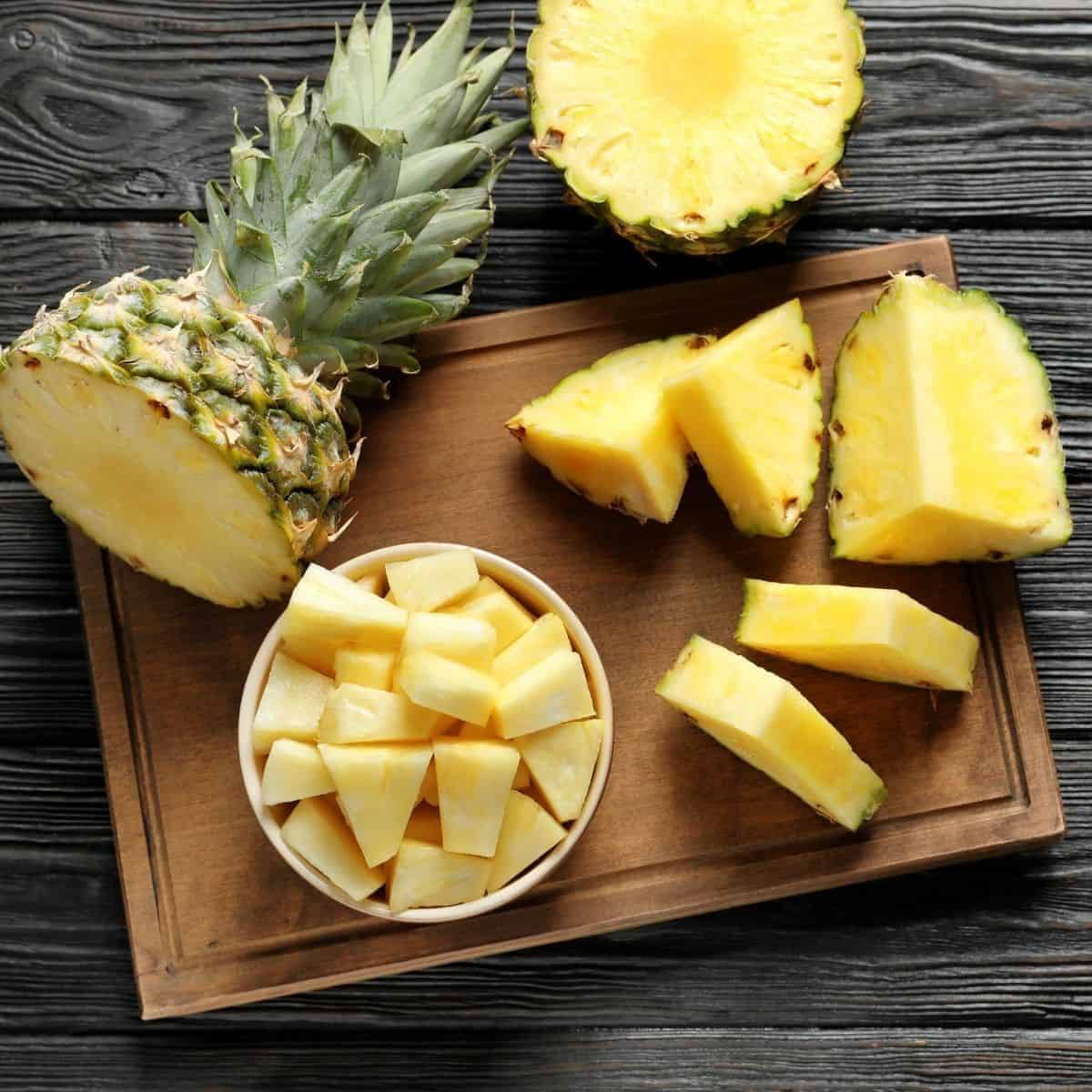
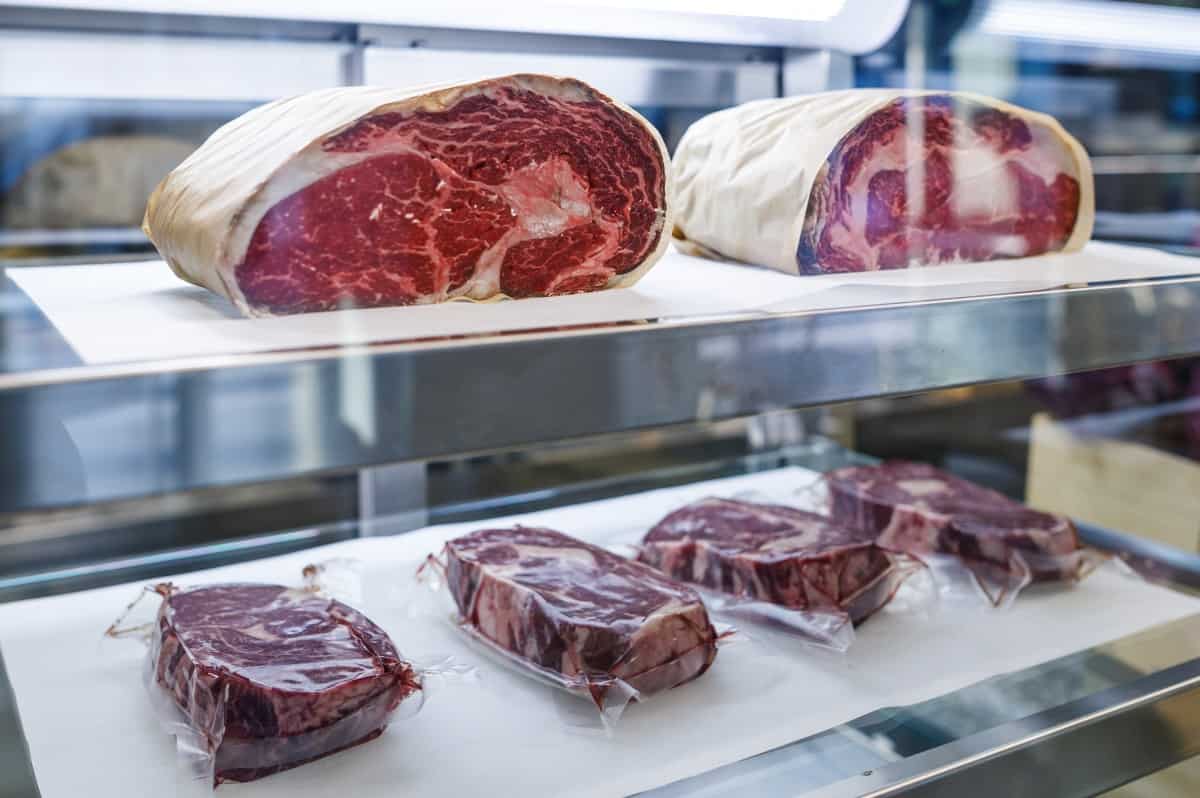
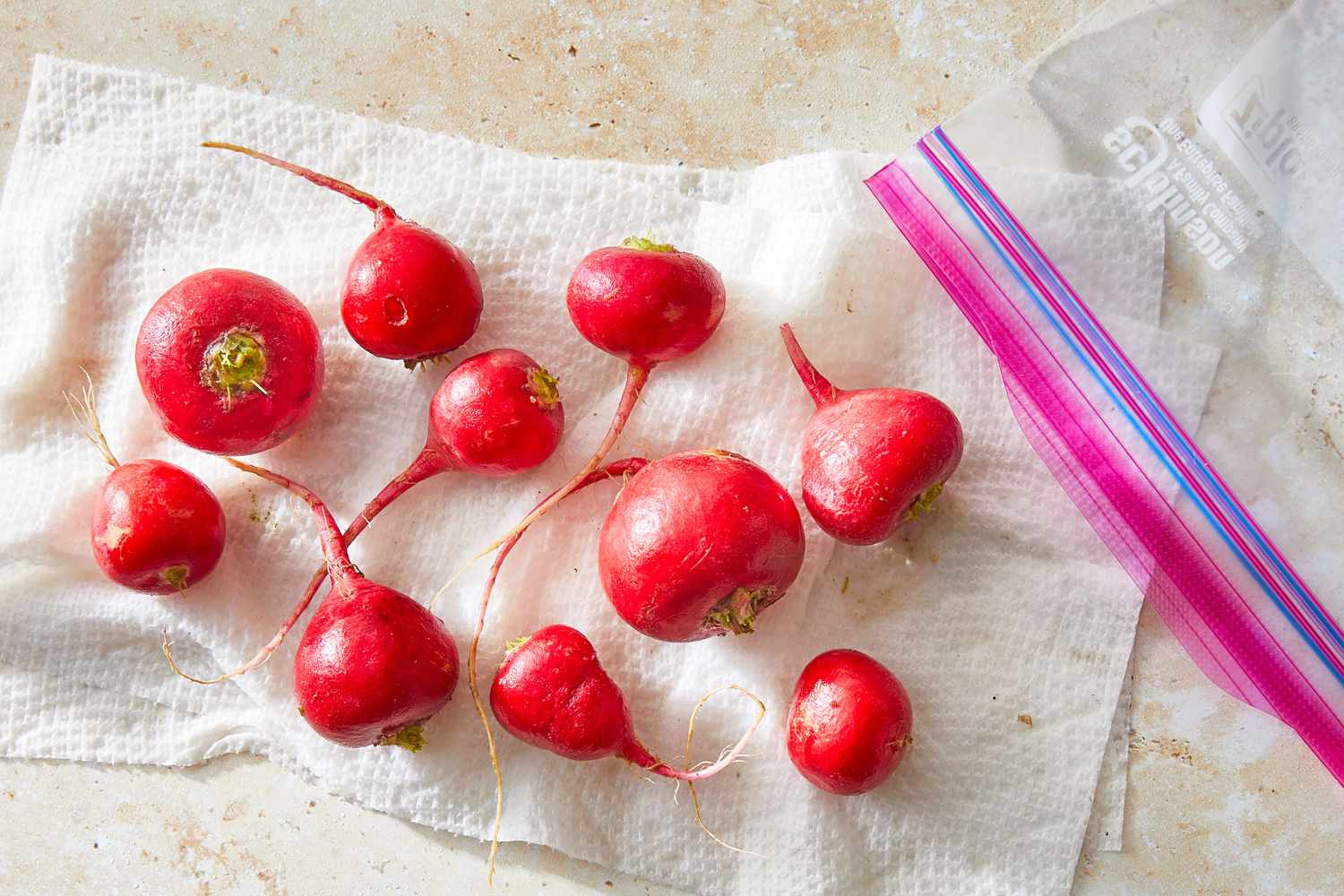
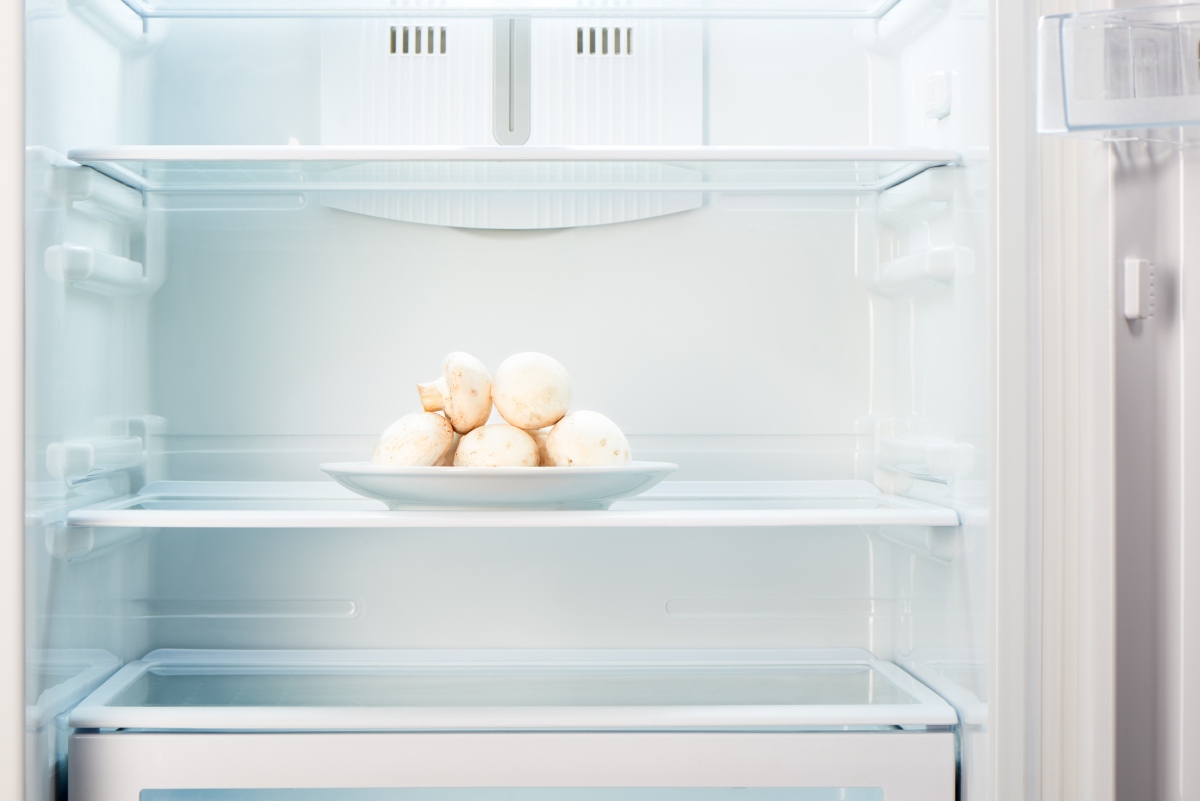
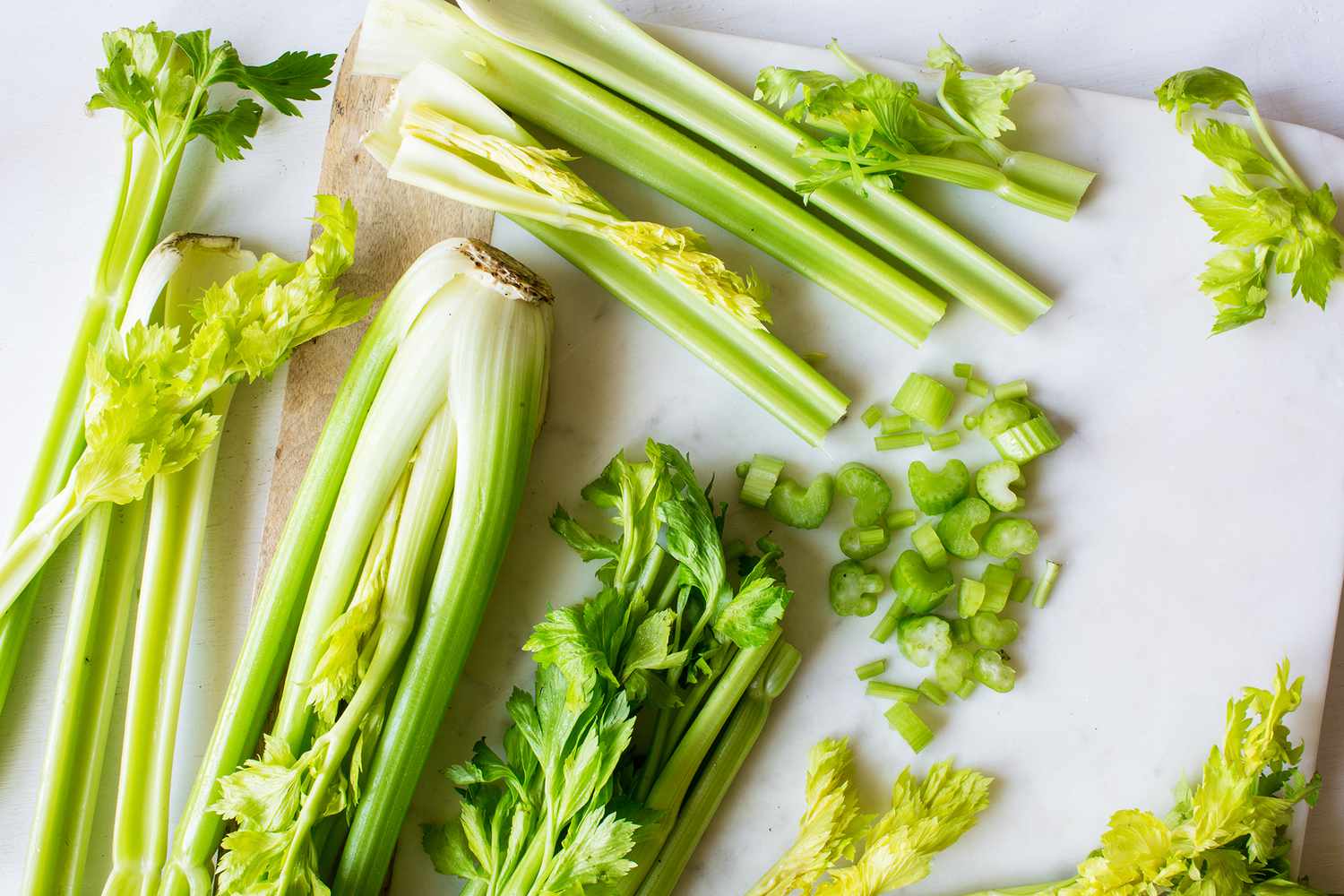

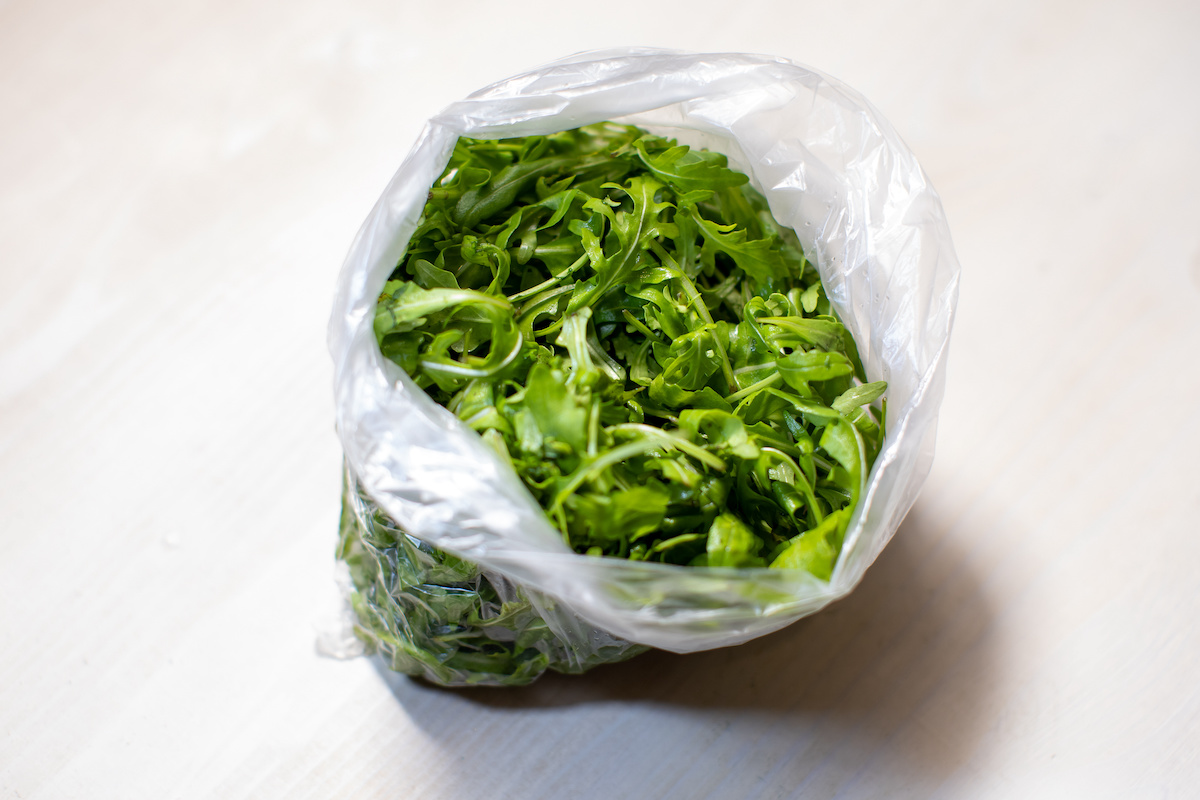
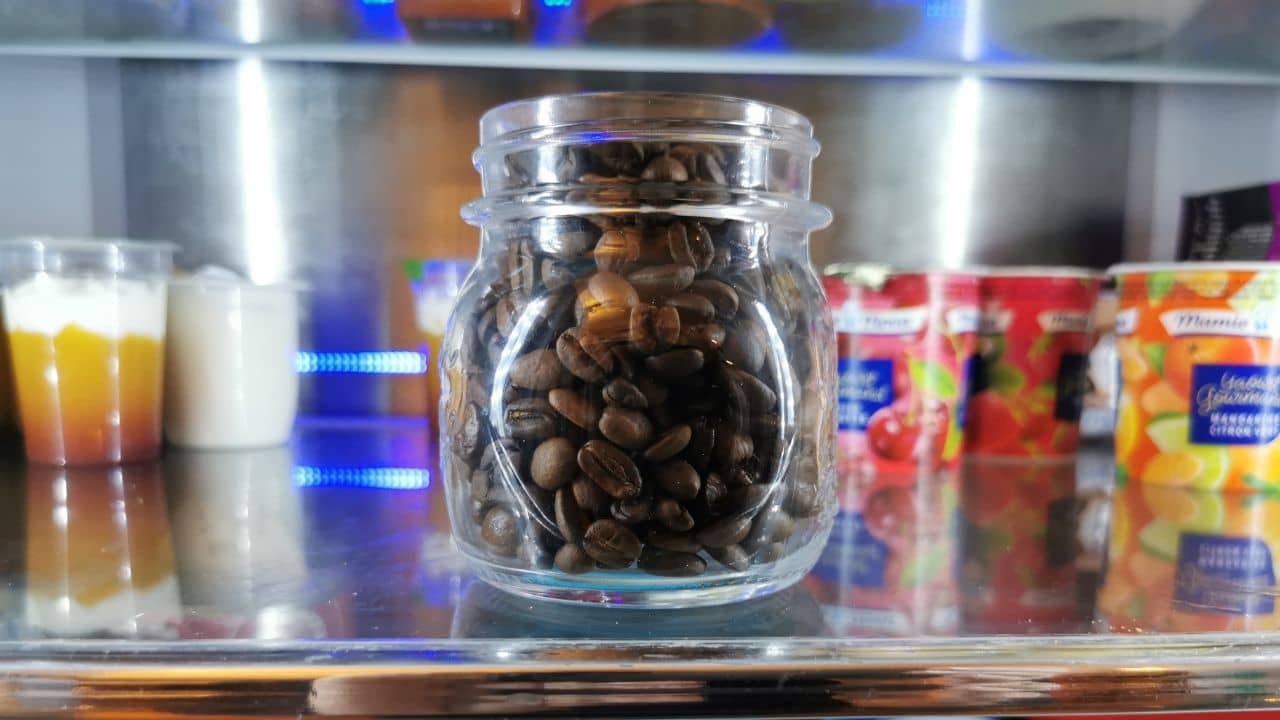
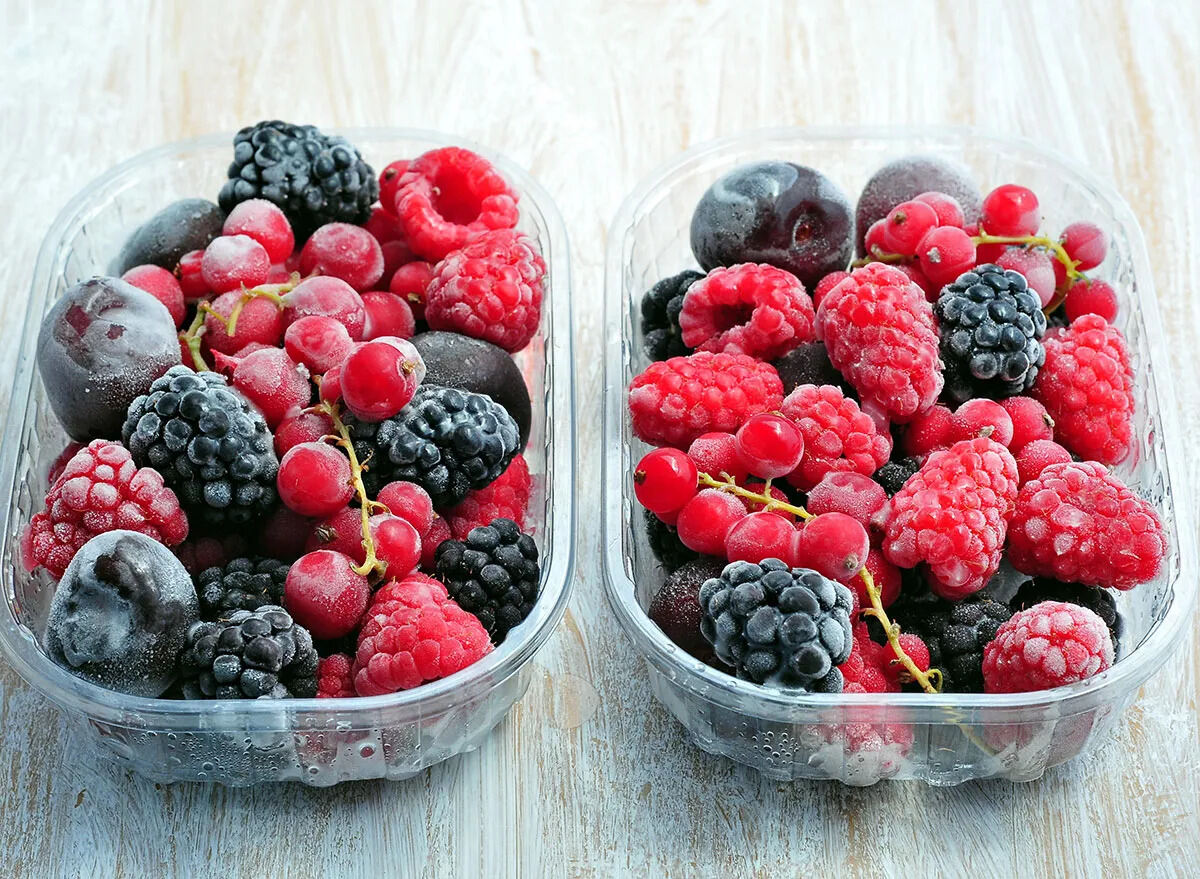

0 thoughts on “How To Store Produce In The Fridge”